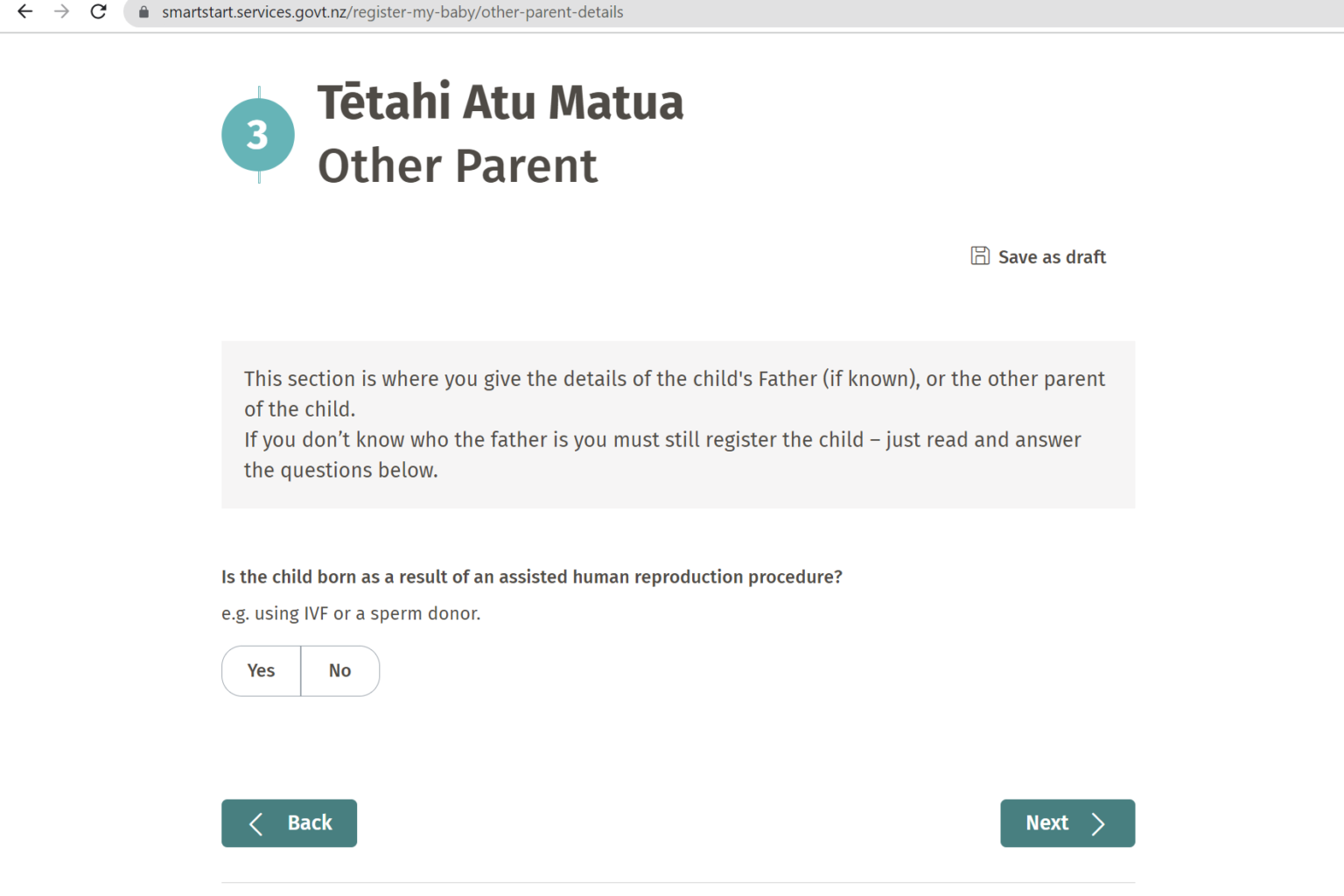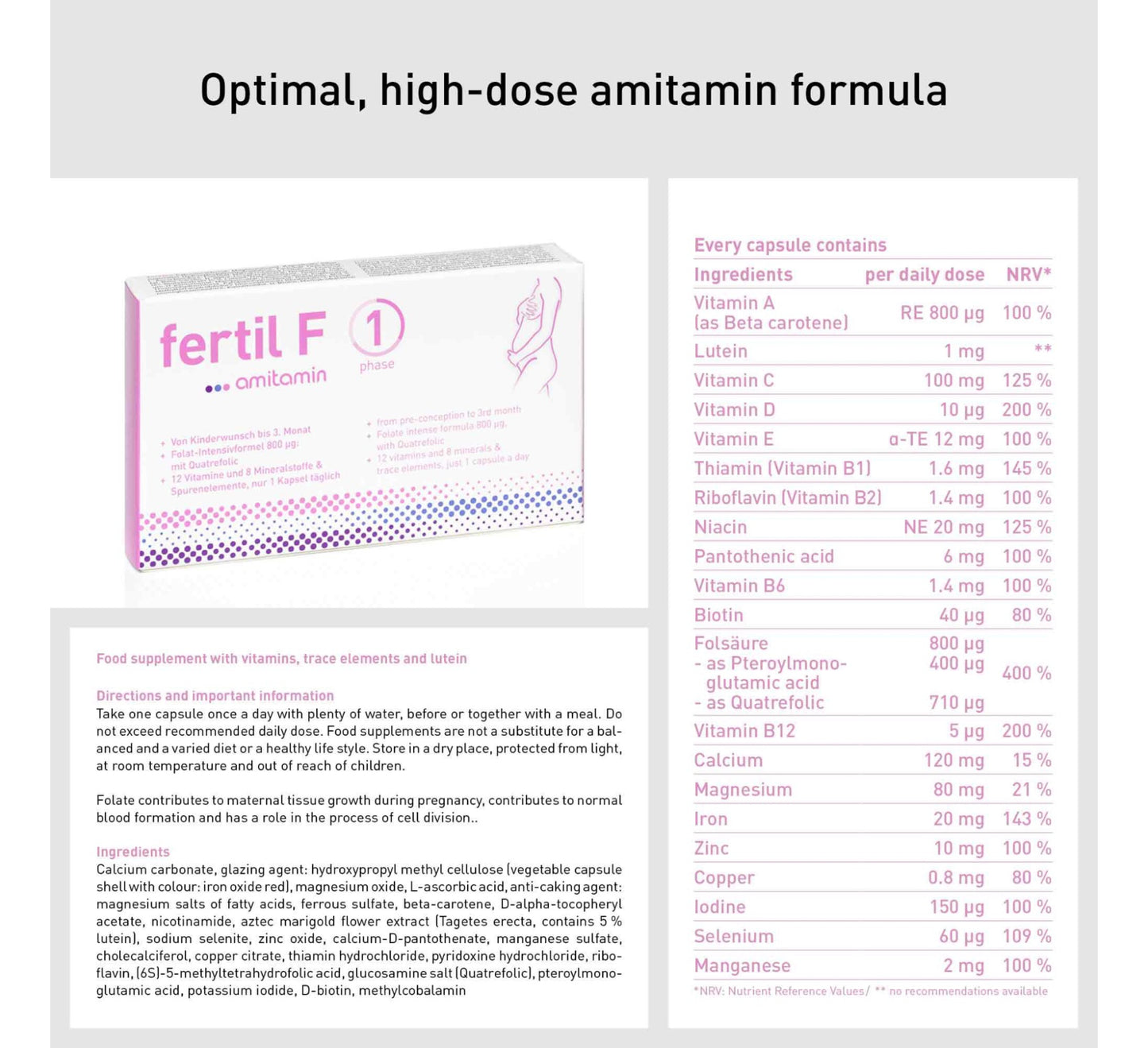October 11, 2022 | Donor agreements & legalities
New Zealand Donor Agreements and Legalities

Donor Agreements & Facts
Both Donors and Recipients must go into sperm donation understanding the laws and legalities.
Laws around Natural Insemination (NI)
New Zealand law states that regardless of whether the purpose of sexual intercourse is to donate sperm or not, the person is seen as a father but not the legal guardian. This means that a Recipient can make a donor liable for child support. It's essential for both donors and recipients to be aware of these legal implications, and consulting with a legal expert or fertility specialist can provide valuable guidance on navigating the legal aspects of at-home insemination. Open communication and understanding between all parties involved are critical to ensure a well-informed and legally compliant process.
Conception through sexual intercourse
Quoting the Children Amendment Act [113] A man may participate in sexual intercourse for the sole purpose of enabling a woman to achieve a pregnancy, with the joint intention of them both that he is to have no rights or responsibilities in relation to the child. It is generally agreed that the special rules established by the Status of Children Amendment Act 1987 do not apply in this situation because conception resulting from sexual intercourse falls outside the legal definitions of “artificial insemination” [115] and “assisted reproductive procedure in that Act”. In law, the donor will be the father of the child although will not be a legal guardian unless the woman is his de facto partner or spouse. The donor will be liable for child support should the mother claim it.
You can view the entire piece here
What are the parental right laws for sperm donation?
No law in New Zealand covers donors and recipients; however, it is still highly recommended that both parties sign a contract/agreement. A contract/agreement is a sign of goodwill and will stand in court if it gets to that. You can download a template here and edit it to suit your needs. I encourage you to make a few copies and save them in a safe place.
Both parties need to discuss details around the birth certificate. For example, if you put a donor’s name on the birth certificate, then he can claim rights to the child, and a recipient can try to claim child support.
Click here to read the laws relating to Donor Gamete Conception
Payments and sperm donation
It is illegal in New Zealand to pay or receive financial compensation for a sperm donation. The only financial trade can be a reimbursement for travel costs, i.e. Petrol, flights, accommodation etc.
For example, fertility clinics will give their donors $50 per donation as a prezzy card to compensate for their fuel.
Why is it illegal to pay for sperm?
This law is in place for a reason. If paying for sperm became legal, it would result in a massive influx of serial sperm donors which would cause issues such as incest and severe genetic abnormalities. Therefore, please do not ask for or offer compensation outside a reasonable travel expense.
Birth Certificates and the Law
You will probably have seen fertility clinics referring to the Australian case of Masson vs Parsons. See the case here. What they don’t state is the details of this case. In this case, the donor‘s name appears on the child’s birth certificate as “father”, which automatically gives him rights to the child. So again, a discussion about the birth certificate is recommended. If you are considering co-parenting, please read the case, so you are well informed when drawing up your agreement
How has New Zealand adjusted to the various family dynamics?
New Zealand has taken to into consideration that family dynamics have changed. Therefore, when you register your child’s birth online, you can choose your method of conception, IVF/Sperm Donor. You then have the option to select one of the following:
- Suppose you have a Male partner who consented to the donation. Select that as an option, putting in their details. They will then be on the child’s birth certificate as “Father”.
- Suppose you are in a relationship with another Woman. Select that option and fill in your partner’s details. They will be on the child’s birth certificate as “Mother” or “Parent”. You can decide.
- If you are single, you select that option, and you will be listed on the birth certificate with the other parent as “unknown”. This is something on my agenda to speak to the necessary authorities to change so that only a mother’s name is listed and nothing else.
Based on those options, Kat and I appear on Ryan and Piper’s birth certificates as “Mother” and “Mother”.
See below screenshots taken in November 2021 showing the Smart Start birth registration options for your babies birth.


Putting together a donor / recipient agreement
Now that you have secured your donor, it’s time to create an agreement. Yes, we know how intimidating it can be; that’s why we have put up a template you can use. Access the template by clicking the link below; feel free to edit it to suit your needs. It would help if you considered some things besides the obvious regarding the final agreement; we cover these on our about your donor page.
Download Agreement Template
Some personal advices
It's important to talk about every possible scenarios that might cause awkwardness or misunderstanding in the future, here are some examples:
- You need to talk about what happens if you walk down the road, see him in public, and talk about different scenarios. For example, what do you do if he is alone? What to do if he is with someone? It is essential to talk about situations like this to avoid any awkward and unwanted interactions.
- Ask your donor if anyone in his family know about him being a donor: This is important because you need to consider if his family wanted to meet their “grandchild”, “niece”, “nephew”, etc., what would you want in this situation? Our donor had not told his family, so this was not a potential problem for us.
- Talk about updates of your child; does he want to see photos? If so, how often?
- Talk about what happens when the child starts to ask questions, are you allowed to show them a photo of him? Can you talk about him to your child? Can the child meet the donor when they are 16/18?
If you feel like you don't know where to start, talking with a TTC consultant can help! Book a FREE 15 minute virtual consult today!
Vorgestelltes Produkt

Hapū Helpers
Amitamin Fertil F Phase 1 - Prenatal supplement








